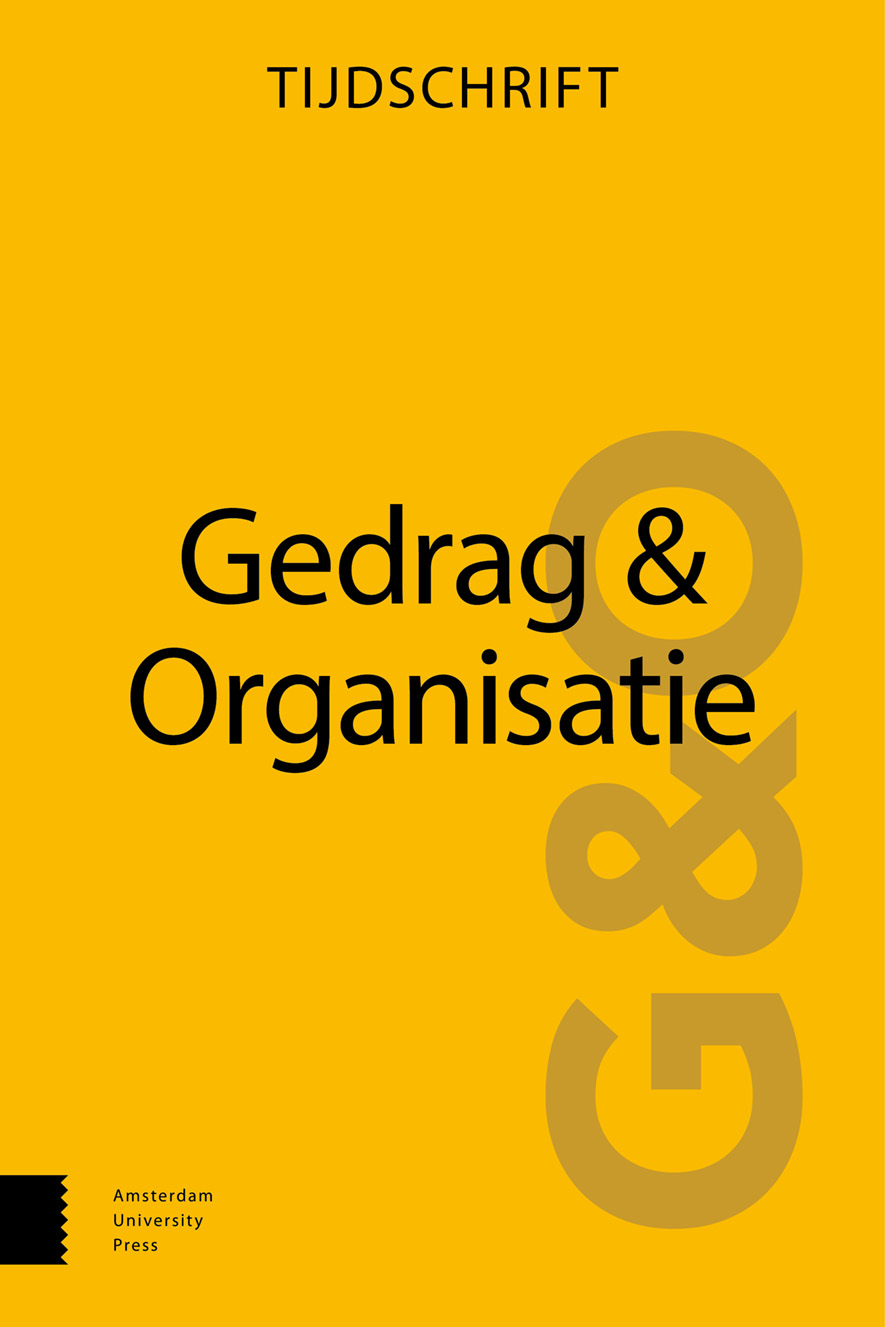-
f Inzichten in burn-out vanuit de chronobiologie, netwerkanalyse van symptomen, en behandeling: Themanummer ‘Reflectie en praktische perspectieven op burn-out’ (deel 1)
- Amsterdam University Press
- Source: Gedrag & Organisatie, Volume 37, Issue 4, Nov 2024, p. 333 - 339
-
- 01 Nov 2024
- Previous Article
- Table of Contents
- Next Article
Abstract
Insights into burnout from chronobiology, network analysis of symptoms, and treatment: Special issue ‘Reflection and practical perspectives on burnout’ (part 1) This editorial introduces the first part of the special issue ‘Reflection and practical perspectives on burnout’. This part of the special issue discusses three articles, each with a different focus within the research and/ or practical field of burnout. The first article describes risk factors from a chronobiological perspective, such as disturbed wake-sleep patterns. These insights can help prevent burnout symptoms. The second article delves into the definition of burnout. Through a network analysis, it examines whether burnout can be seen as a phenomenon arising from a network of symptoms. This contribution contributes to the discussion of how we measure and therefore diagnose burnout. The final article focuses on how clinical burnout is usually treated in the Netherlands, distinguishing several specific phases. This provides insight into the recovery process for severe burnout symptoms. Together these three articles show that we already have substantial knowledge of burnout, regarding risk factors, specific symptoms, and treatment methods. At the same time, the articles indicate that promising research is still possible and necessary, confirming that burnout will remain a very active field of research for the foreseeable future.



